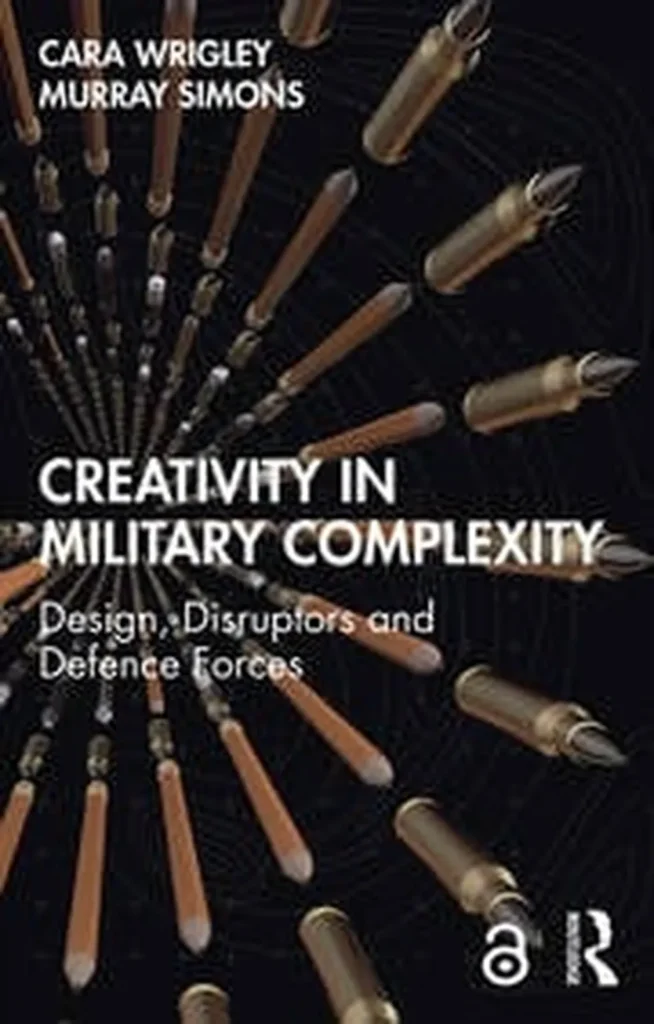In the structured world of military operations, where discipline and protocol reign supreme, creativity might seem like an unlikely ally. Yet, a new study published in the *Annals: Series on Military Sciences* (Analele: Seria Științe Militare) challenges this perception, arguing that innovation is not just a luxury but a necessity for modern warfare. The research, led by Sînziana Iancu of the 1st Maneuver Support Brigade “Argedava,” explores how creativity can thrive within rigid military frameworks, offering insights that extend beyond the battlefield into sectors like energy and defence technology.
Iancu’s work examines how military personnel adapt to high-pressure situations by developing unconventional solutions, often under strict operational constraints. “Creativity in the military isn’t about breaking rules—it’s about finding ways to work within them to achieve better outcomes,” Iancu explains. This balance between innovation and adherence to protocol is crucial, as it ensures mission success while fostering adaptability in dynamic environments.
The study highlights real-world examples where creative problem-solving has led to tactical advantages. From improvising field repairs to devising new communication strategies, military personnel often rely on out-of-the-box thinking to overcome unforeseen challenges. “When resources are limited, creativity becomes a force multiplier,” Iancu notes. “It allows commanders to optimize what they have, whether that’s equipment, personnel, or intelligence.”
Beyond the military, these findings have significant implications for industries like energy, where operational efficiency and rapid decision-making are critical. In sectors such as oil and gas, renewable energy, and defence technology, the ability to innovate under pressure can mean the difference between success and failure. For instance, energy companies operating in remote or hostile environments—whether due to geopolitical tensions or extreme weather—must often adapt quickly to unexpected disruptions. The military’s approach to balancing creativity with discipline could serve as a model for these industries, particularly in crisis management and resource allocation.
Iancu’s research also underscores the importance of fostering a culture that encourages creative thinking. In the military, this means training personnel to think critically and rewarding unconventional solutions that lead to mission success. For the energy sector, it could translate into investing in research and development, promoting cross-disciplinary collaboration, and creating frameworks that allow for experimentation without compromising safety or efficiency.
As geopolitical tensions rise and energy demands evolve, the lessons from Iancu’s study become increasingly relevant. The ability to innovate under pressure is not just a military skill—it’s a strategic advantage. By adopting a mindset that values creativity alongside discipline, industries can better navigate the complexities of modern operations, whether on the battlefield or in the energy sector. The research published in *Analele: Seria Științe Militare* (Annals: Series on Military Sciences) offers a compelling case for why creativity should be at the heart of strategic planning—both in defence and beyond.

